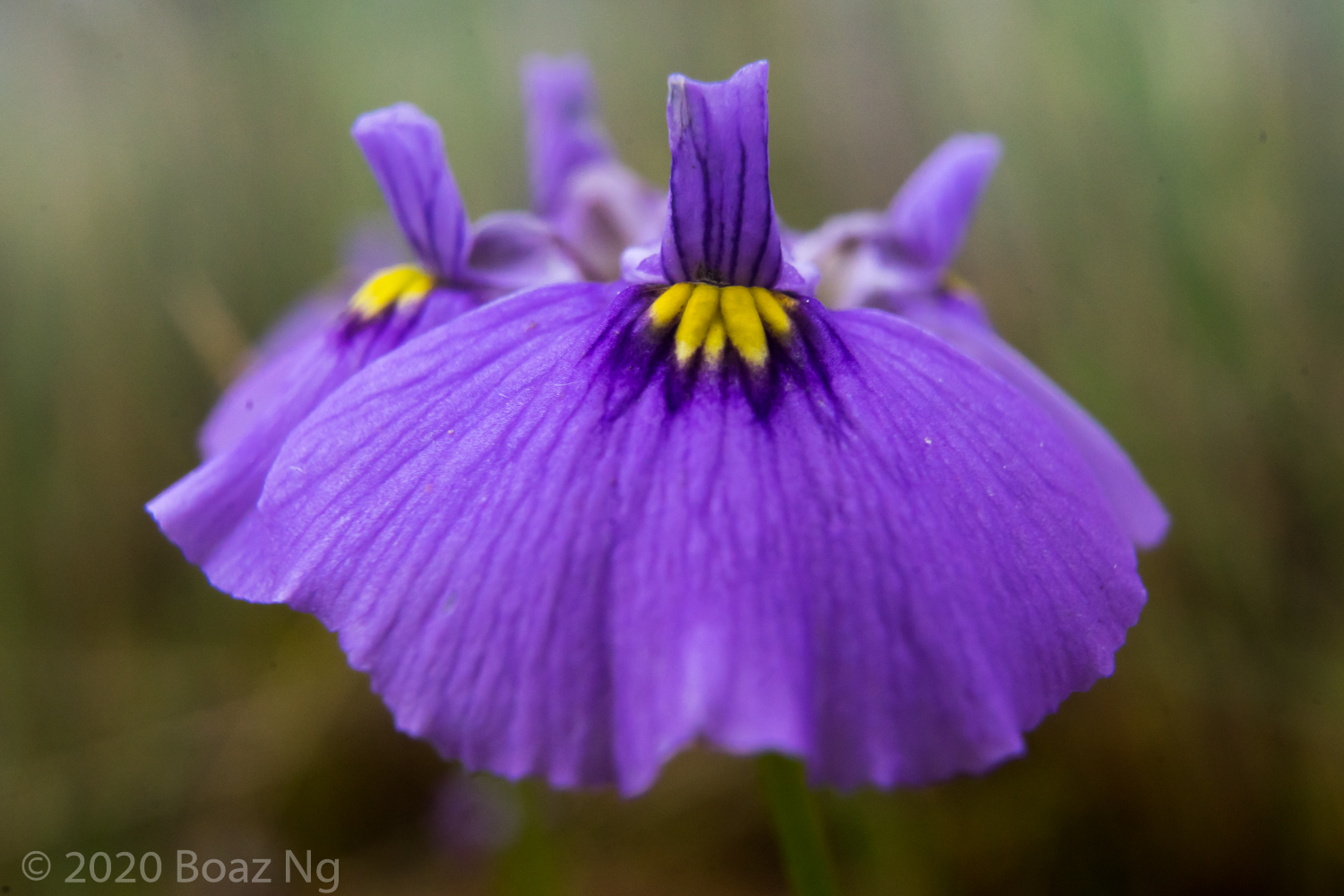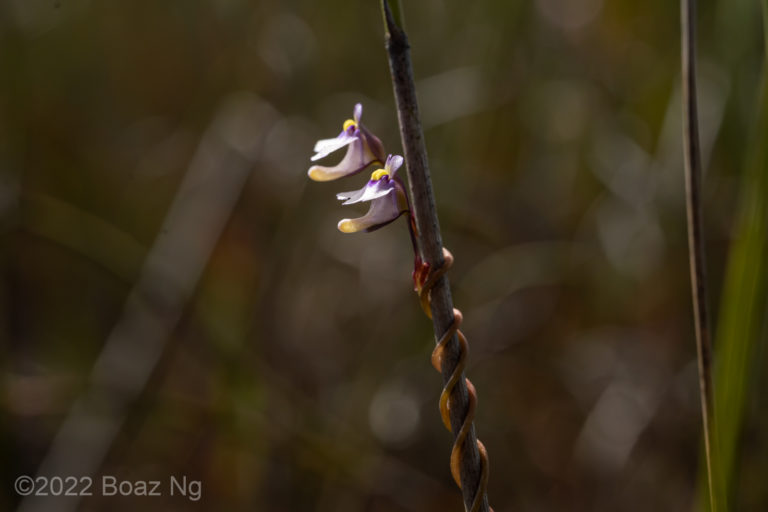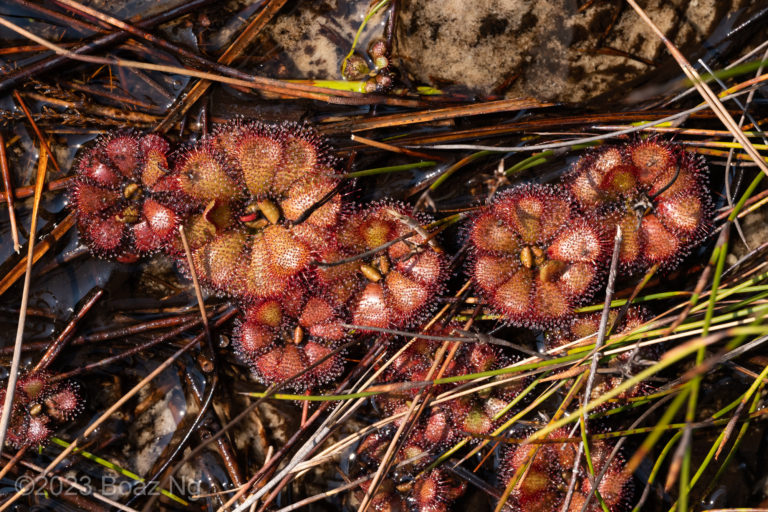Utricularia beaugleholei subsp. beaugleholei is an emergent terrestrial bladderwort native to the plains of south-east Australia, mainly in Victoria, but with substantial populations in South Australia and sightings in NSW.
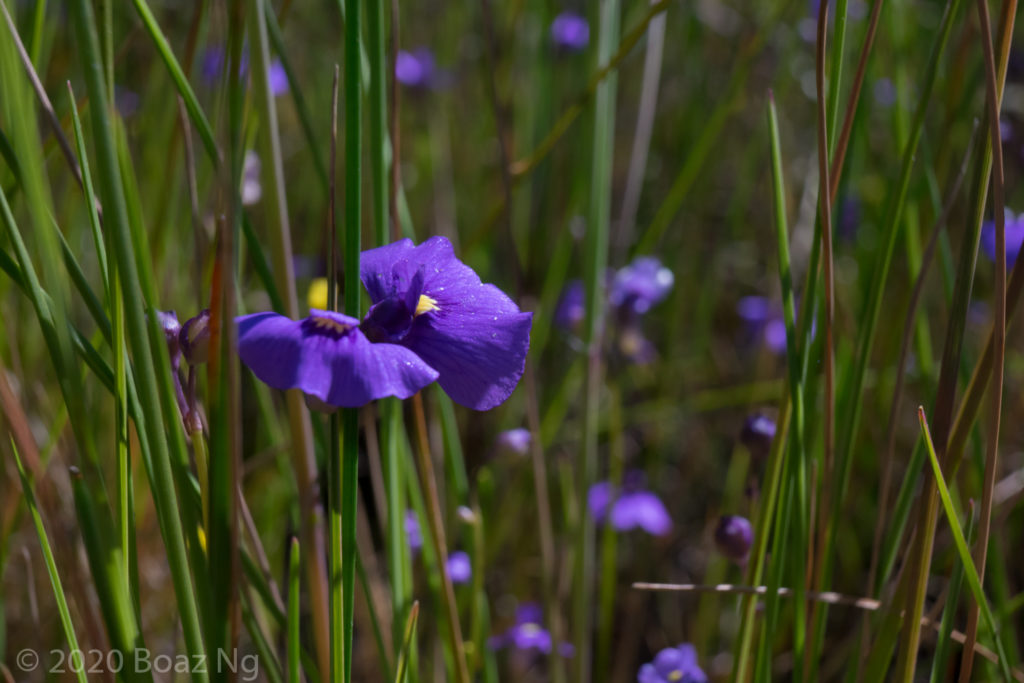
This species grows some of the most beautiful blooms in the genus, with a particularly wide and flared lower corolla that forms an almost 180-degree arc. The overall colouration of the flowers is a vibrant shade of purple. At the center-top of the lower petal is a cluster of many yellow ridges. The upper corolla is rounded and single lobed. Prominent dark purple veins can usually be seen on inspection.
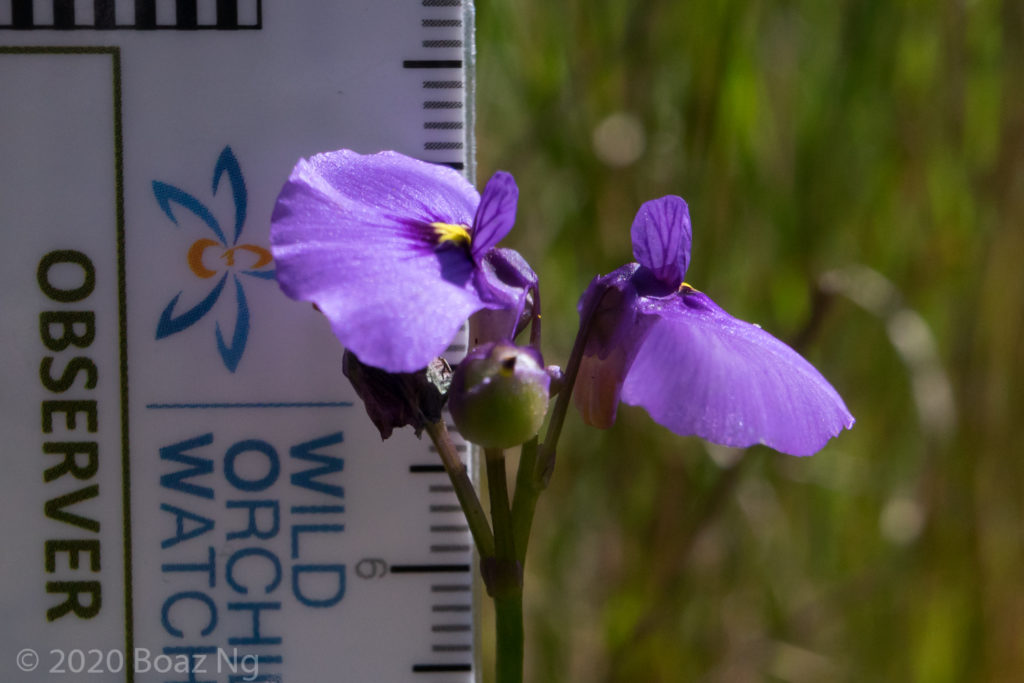
U. beaugleholei subsp. beaugleholei can be reliably distinguished from other purple affixed Utricularia through the number of yellow ridges on the lower corolla. The species has numerous yellow protuberances of roughly equal prominence (in contrast to the two or three ridges in other similar species). The flower corolla is wider and more flared than any of its relatives, but specimens in unfavourable conditions often have smaller petals.
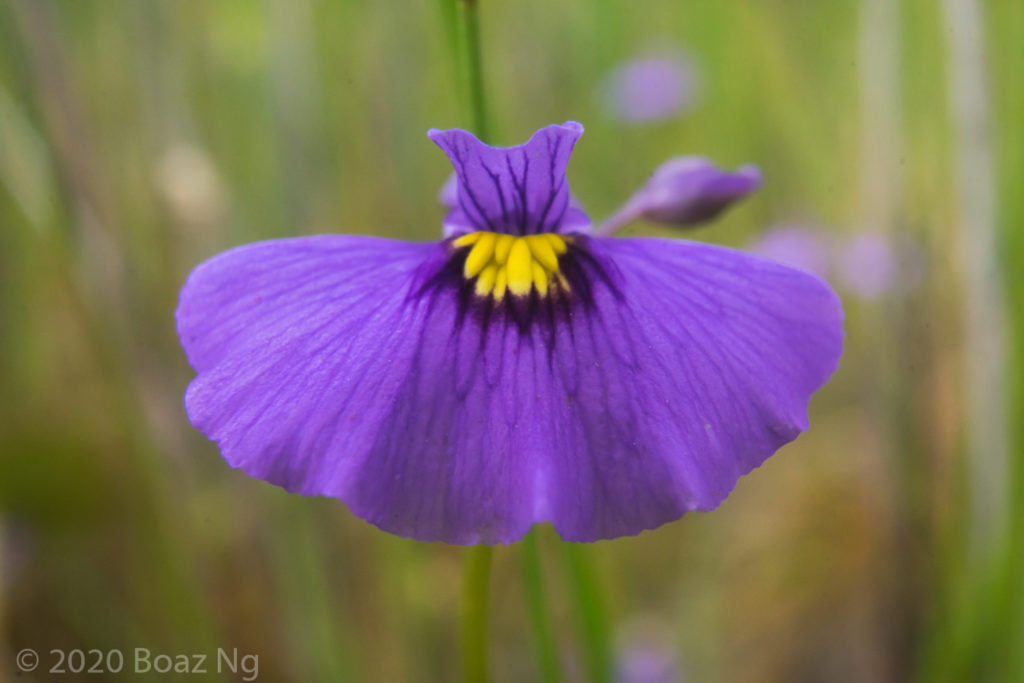
U. beaugleholei subsp. beaugleholei is a winter growing species that inhabits shallow seasonally indundated swamps and ditches in the flat plains and woodland. At many sites, high rainfall is needed to fill these swamps and plants survive as seed in dryer years. During the growing season, the plants are submerged under water. The species flowers as the waters recede in spring and summer, with plants blooming when they are exposed to air. In many locations, Drosera hookeri can be found nearby in the permanently dry banks higher up. In most sites across Victoria, the species persists as an annual although it can probably grow as a perennial in wetter sites and in cultivation.
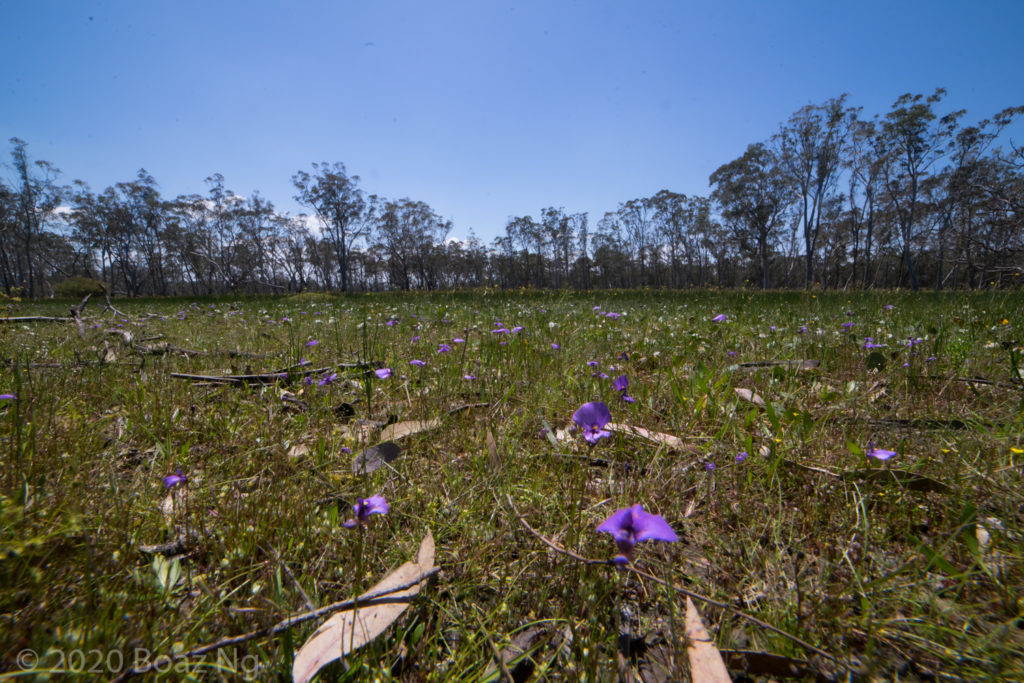
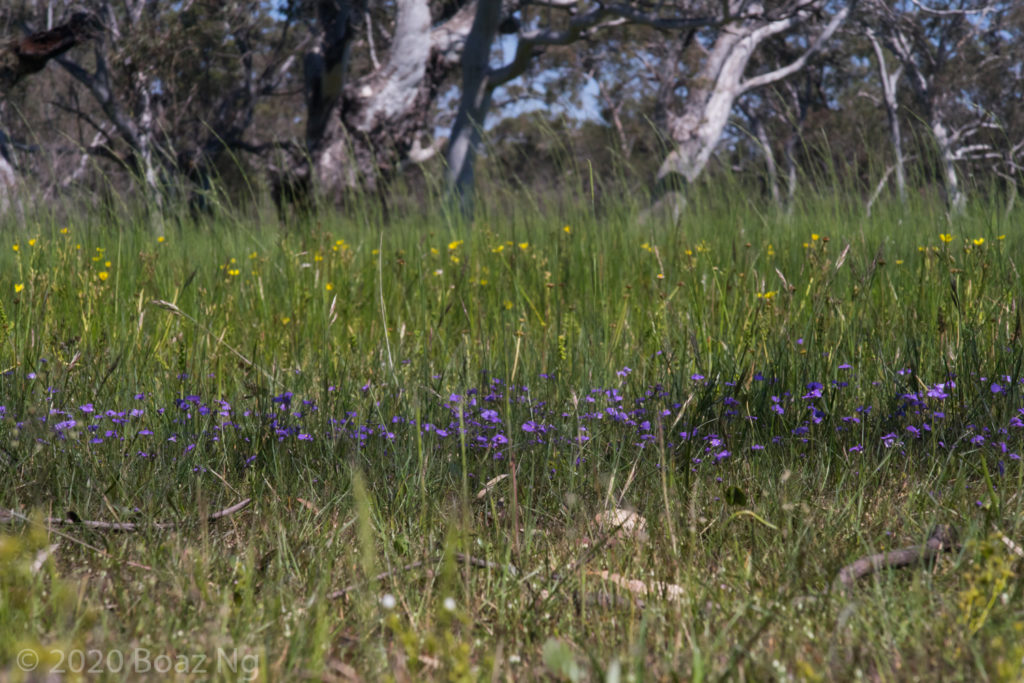
Recent taxonomic analysis by Jobson (2020) has found that Utricularia beaugleholei comprises a complex of two closely related, but morphologically distinct subspecies. Utricularia beaugleholei subsp. orientalis is found in inland eastern Victoria and southern NSW, and can be identified by its crowded palate with prominent ridges and tuber formation.

